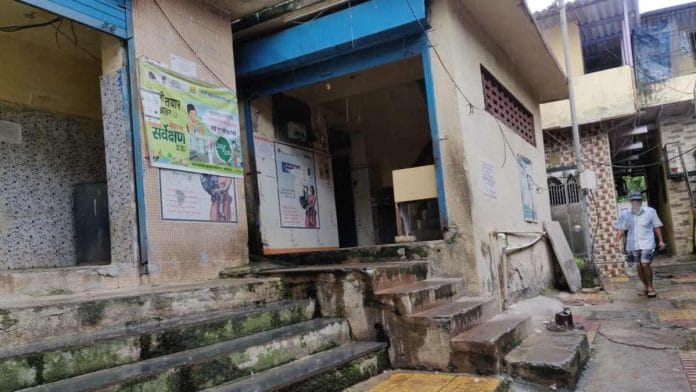Mumbai: Only one in four public toilet seats in Mumbai was available to women on average as of last year, according to a white paper released Tuesday by the Praja Foundation, an NGO focused on accountable governance. In some areas, the toilet gender gap was even more pronounced, with a single seat for women compared to 6 for men.
“There is currently 1 public toilet seat per 752 males and 1,820 females,” says the report, titled ‘Status of Civic Issues in Mumbai’, based on data obtained via the Right to Information Act from the Brihanmumbai Municipal Corporation (BMC). This ratio far exceeds the Swachh Bharat Mission (SBM) guidelines, which recommend one public toilet seat for every 100-400 men and 100-200 women.
The report also highlights the dismal state of the city’s public toilets. Out of Mumbai’s 6,800 community toilet blocks, 69 percent lack water connections and 60 percent do not have electricity connections.
“The condition is even more dire in wards that attract large floating population due to their commercial and cultural prominence. C Ward (Marine Lines, Chira Bazar, Girgaon) shows the most alarming imbalance, with only one toilet seat available for women compared to six seats for men,” said Milind Mhaske, CEO of Praja Foundation. “Addressing this gender gap should be prioritised to ensure women get equitable access to sanitation.”
For over two decades, the Praja Foundation has conducted data-driven research on civic issues in Mumbai, and then used their findings to inform stakeholders such as elected representatives, citizens, media, and government officials. The NGO then collaborates with public representatives to identify inefficiencies, bridge information gaps, advocate for change, and mobilise them to implement corrective measures.
However, the BMC, responsible for managing sanitation (including public toilets) and other civic issues for a population of 1.28 crore, has been facing its own challenges. Since 2022, it has been under a state-appointed administrator, with polls to select its 227 elected representatives being delayed due to the pending reorganisation of ward boundaries.
ThePrint tried to contact BMC additional municipal commissioner Dr Sudhakar Shinde via calls for comment. This report will be updated if a response is received.
Toilet troubles across wards
The data obtained by an NGO paints a bleak picture of public toilets in Mumbai, particularly for those who live in the city’s sprawling slums.
The current number of community toilet seats is only sufficient to serve 36 percent of the projected slum population.
The total number of toilet blocks across Mumbai’s 24 administrative wards is 7,646. Ward M/E (Govandi) boasts the highest number of seats (491 blocks and 10,060 seats), while Ward C (Chira Bazar-Kalbadevi) has the lowest count (32 blocks and 416 seats).
As of December 2023, Ward C doesn’t just fall short in the number of toilet seats; it also exhibits the worst gender disparity, with a ratio of 6 seats for men to only 1 for women.
Another poor performer in this regard is P/S Ward, which has a ratio of 5 toilet seats for men compared to 1 for women. Similarly, Wards B, D, E, H/W, L, and T each have 4 designated seats for men and only 1 for women.
However, simply having a toilet block isn’t enough, Mhaske points out. Equally important are safety and hygiene, including access to electricity and water.
Here, too, Mumbai’s toilets fall woefully short, with only 31 percent being equipped with piped water connections.
“The absence of water in connections in toilets signifies poor hygiene, cleanliness, and the inability to provide a basic sanitation service to the public. Water is particularly crucial in cases where toilet facilities also serve as a source of non-potable water,” said the report.
On this front, Ward K/E (Andheri East) stands out as the most problematic, with 87 percent of toilet blocks lacking both water and electricity. R/S (Kandivali) ward also faces challenges, with 76 percent of its toilet blocks without electricity and 82 percent lacking water.
The report further notes the absence of sanitary napkin vending machines in some toilets. Wards P/N (Malad), M/E (Govandi), G/N (Dadar), and R/N (Dahisar), all of which have a substantial slum population, lack these machines entirely.
The BMC’s budget estimates for solid waste management (SWM) and sanitation has seen increased by 81 percent over a period of five years, going from Rs 2,966 crore in 2018-19 to Rs 5,376 crore in 2024-25, the report highlights. “Despite higher allocation, we find glaring gaps in terms of gender disparity and facilities in toilets,” said Mhaske.
(Edited by Asavari Singh)






